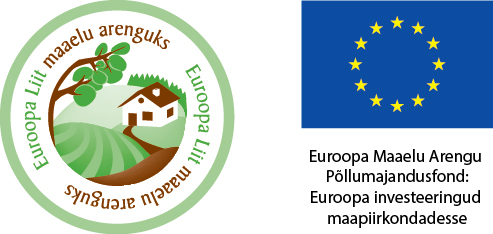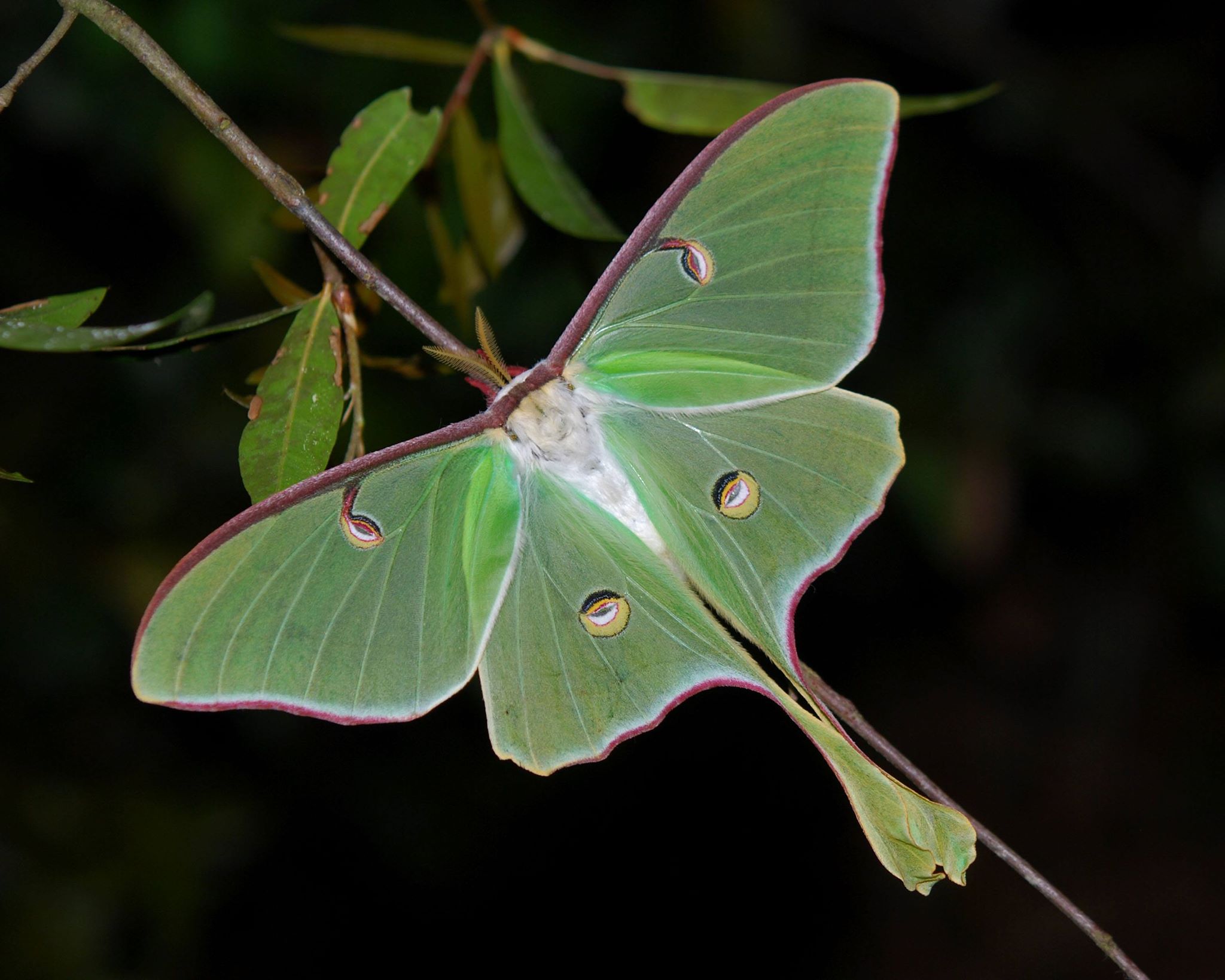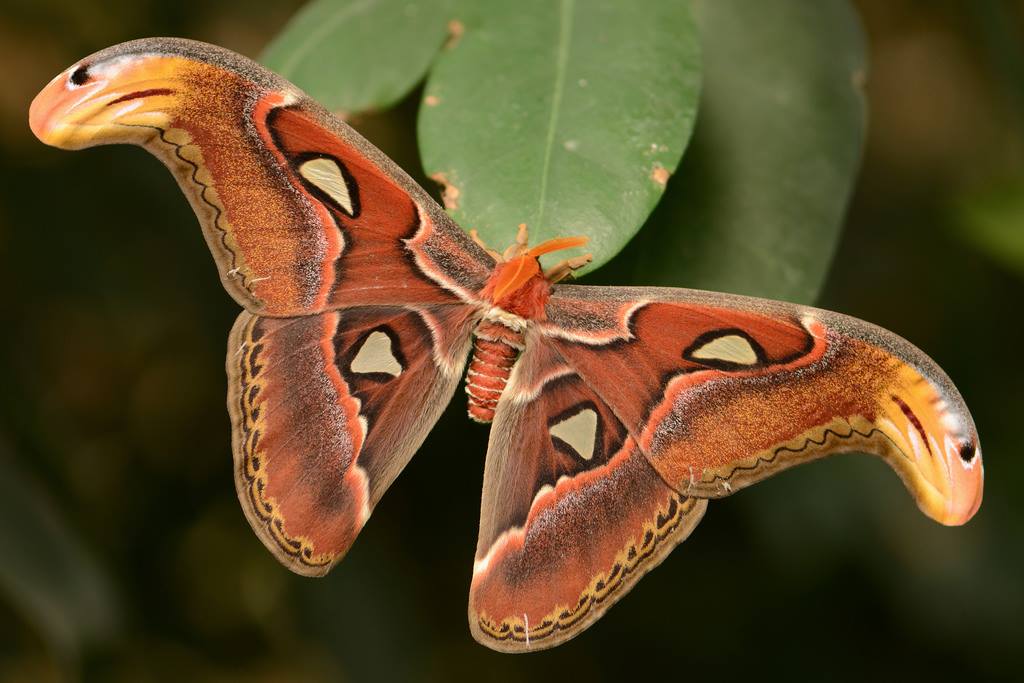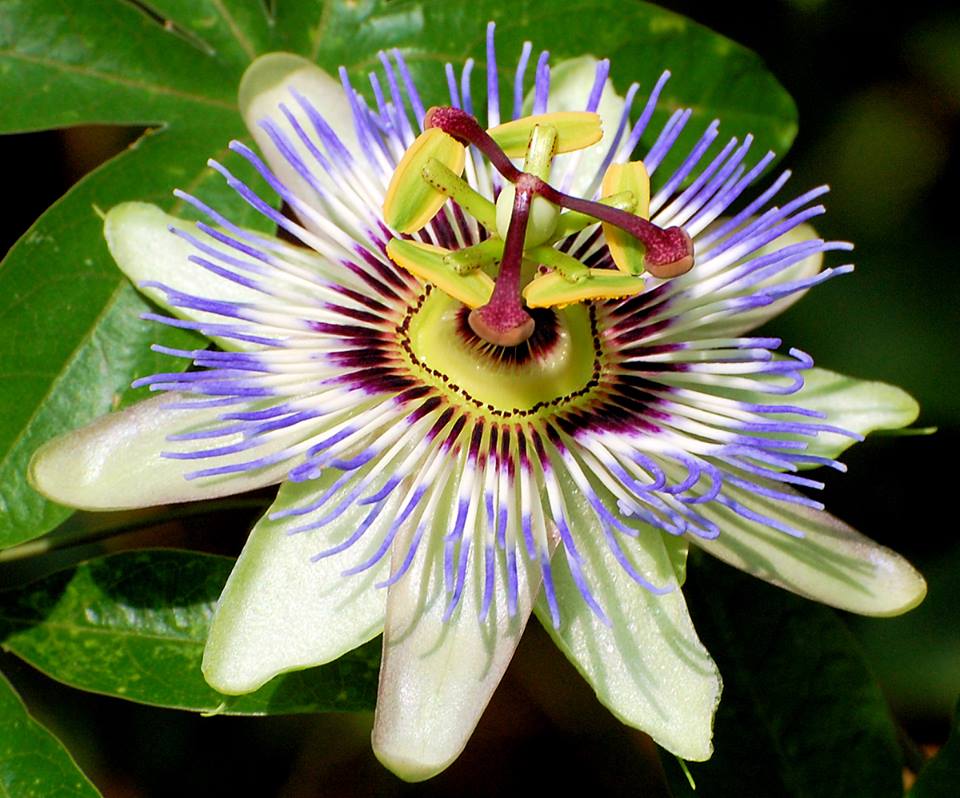Информация для посетителей

Часы работы летом
Апрель-сентябрь
Вт-Вс 11-18
Пн закрыто
Каникулы
Мы открыты в праздничные дни, если не указано иное.
Часы работы зимой
Октябрь-март открыто
Вт - Пт позвонив заранее
Сб - Вс 12-17
Пн закрыто
Внешнее время работы
Посещение возможно только по предварительной договоренности. Пожалуйста свяжитесь с нами!

Butterflies
More than 10 species of butterflies from tropical areas all over the world fly free inside our
Butterfly house. As their lifespan is only 2-4 weeks you will be able to find new species each
visit. Many of the butterfly species reproduce in the park itself, so besides butterflies you can
observe all the stages of their fascinating biological cycle as eggs and caterpillars, and other
behavior such as their courtship flights and mating.
The butterflies that fly at the park, travel here as pupa or chrysalis, as at this is stage of
development it is easier to transport them during this life cycle.
You can come and admire our tropical butterflies and moths 6 days a week. We have
created a natural environment for them to live in where the temperature is always 25-35
degrees and moisture is about 80%. Our butterflies are from Panama, Ecuador and
Philippines. Moths are mostly from Europe, America and Asia. We order our butterflies from
different breeders around Europe, we do not capture the butterflies ourselves. None of our
species is endangered. Some of the species have become to breed on their own in our
butterfly house.
Here is a small list of butterflies we do have.

The Emperor Butterfly
Morpho peleides
The wingspan of a Morpho butterfly is 7.50 - 20 cm. Their total lifespan is 115 days. The Emperor butterfly mostly lives in Mexico, Central- and South-America. Caterpillars mainly feed on Dalbergia and the adult butterfly feeds on different types of fuit.

Giant Owl Butterfly
Caligo memnon
The wingspan of an owl butterfly is 12-15 cm. Their total lifespan is 125-133 days. The owl butterfly lives mostly in Mexico and Amazonian rainforests. Caterpillars mostly feed on banana leaves. The adult butterfly feeds on different types of fruit.

The Luna moth
Actias Luna
Wingspan of a Luna moth is about 11-12 cm. Their total lifespan is about 55-70 days. This moth lives mostly in America. Caterpillars feed on Birch and the adult moth doesn´t eat anything at all because they do not have mouths.

Atlas moth
Attacus Atlas
Wingspan of an atlas moth is about 25-30 cm. It´s the largest moth in the world. They live mostly in different parts of Asia. Caterpillars mainly feed on citrus plants. The adults do not eat because they do not have moths.
Plants
At the Butterfly House, plants and butterflies both share the limelight, with their beauty and
importance. They feed and reproduce in harmony. Each species of butterfly needs a specific
plant to lay their eggs on, which is the plant they eat as caterpillars, called the host plant.
This relationship between plants and butterflies is the result of millions of years of evolution.
We have carefully selected our plants to meet the needs of our butterflies, we have host
plants for caterpillars and nectar plants for adult butterflies. Not all butterflies feed on flower
nectar so we also have fruit bowls in the garden for those species who love fruit nectar.
The Butterfly Park’s environmental conditions are ideal for our butterflies, but so are other
undesirable inhabitants in any garden: pests. We can not fight them using insecticides, even
biological therefore affect butterflies, that´s why we do it through biological struggle that
involves using natural enemies of pests to control. The effectiveness of biological control is
based on the specific pest-controller it only survives as his target species (pest) is present.

Banana
Musa
Banana plants are from the tropical regions of South-East Asia. Bananas are often mistakenly called fruit because people think they are trees, when in fact it is an herbaceous plant. Banana plant can grow upto 6-15m high and the banana leaf surface can be upto a square meter.

Passion flower
Passiflora
The strangely shaped flower symbolizes the suffering of Jesus Christ. There are about 500 different species of passion flowers. Most species have round or elongated edible fruit from two to eight inches long and an inch to two inches across, depending upon the species or cultivar. Passion flowers mainly grow in tropical areas such as South- and North-America, Asia and Australia.

Hibiscus
Hibiscus rosa-sinensis
They are native to warm temperate, subtropical and tropical regions throughout the world. Hibiscus rosa-sinensis is the national flower of Malaysia. Member species are renowned for their large, showy flowers and those species are commonly known simply as "hibiscus", or less widely known as rose mallow. Other names include hardy hibiscus, rose of sharon, and tropical hibiscus. The flowers are large, conspicuous, trumpet-shaped, with five or more petals, colour from white to pink, red, orange, peach, yellow or purple, and from 4–18 cm broad. They bloom almost all year round, but one flower only blooms for one day.

Orchidaceae
Orchidaceae
The Orchidaceae are a diverse and widespread family of flowering plants, with blooms that are often colourful and fragrant, commonly known as the orchid family. Orchidaceae are cosmopolitan, occurring in almost every habitat apart from glaciers. The world's richest diversity of orchid genera and species is found in the tropics, but they are also found above the Arctic Circle, in southern Patagonia
Entrance Fees

Tickets
Group Tickets
Special offers
Make your Butterfly House visit even more special
Romantic dinner
Organize your loved one's private and unforgettable dinner in the middle of butterflies.
Private photo session
Private photo session is meant for photographers who wish to take pictures of butterflies alone or with their clients.
Childrens birthday party
A fun birthday party in the butterfly house, upto 20 kids.
Gallery
Photos about Butterfly House
Please contact us!
Write us
Write to us and Kärt will gladly answer you :)


